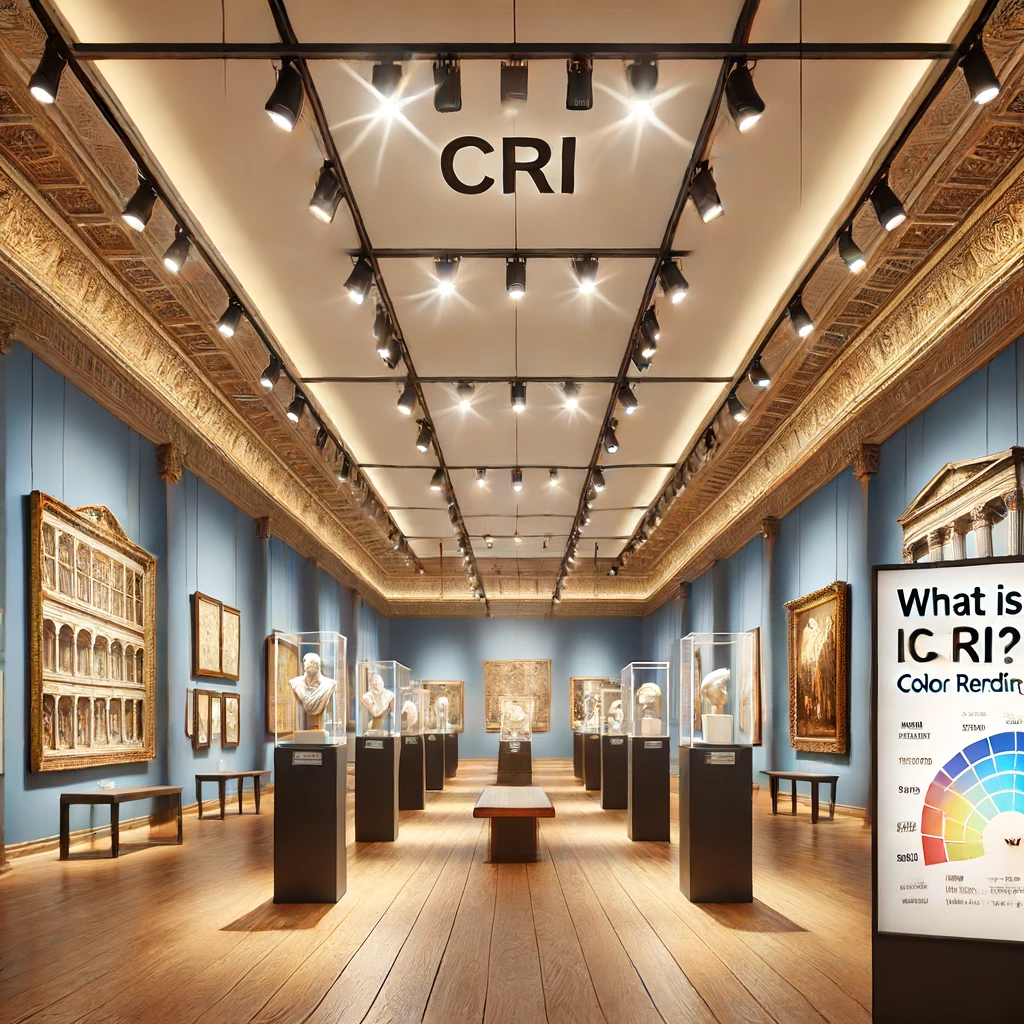Recent Posts
-
Installing Spotlights in Ceiling | Obals Expert Guide
Learn the expert steps and best practices for installing spotlights in your ceiling. Discover the benefits, tools needed, and tips for achieving a professional look.
06/21/2024
-
Warm White Versus Cool White | Expert Lighting Guide
Discover the differences between warm white and cool white lighting. Learn from industry experts about their applications, benefits, and how to choose the right color temperature for your space.
06/21/2024
-
Under Cabinet Lighting Kitchen | Expert Guide
Explore the benefits and best practices for installing under cabinet lighting in your kitchen. Learn from industry experts about types, installation tips, and design ideas to optimize your kitchen lighting.
06/20/2024
-
Screwfix LED Downlights | Expert Lighting Guide
Discover the advantages and best practices for installing Screwfix LED downlights. Learn from industry experts about their features, benefits, and tips for optimizing your lighting setup.
06/20/2024
-
Modern Lighting Factory | Expert Insights
Explore the advancements and benefits of modern lighting factories. Learn from industry experts about the latest technologies, manufacturing processes, and design trends in the lighting industry.
06/19/2024
-
Ceiling Spotlights LED | Expert Lighting Guide
Discover the benefits and best practices for installing LED ceiling spotlights. Learn from industry experts about the types, advantages, and design tips for optimizing your LED spotlight setup.
06/18/2024
What is CRI in Lighting? | Expert Lighting Guide
What is CRI in Lighting? An Expert Lighting Guide
Color Rendering Index (CRI) is a crucial metric in the lighting industry, helping to determine how accurately a light source reveals the colors of objects compared to a natural light source. This expert guide will explore what CRI is, its significance, and how it impacts lighting quality and color accuracy.
Understanding CRI (Color Rendering Index)
CRI, or Color Rendering Index, measures the ability of a light source to reveal the colors of various objects faithfully in comparison with a natural light source. The scale ranges from 0 to 100, with higher values indicating better color rendering capability. A CRI of 100 represents the color rendering ability of natural daylight.
How is CRI Calculated?
CRI is calculated by comparing the appearance of eight standard color samples under the test light source to their appearance under a reference light source (usually natural daylight or an incandescent light). The differences are averaged, and the result is the CRI value. The closer the CRI value is to 100, the more accurately the light source renders colors.
Importance of CRI in Lighting
Understanding and considering CRI is essential for several reasons:
Color Accuracy: High CRI lighting ensures that colors appear as they should, which is crucial in settings where color differentiation is important, such as retail stores, art galleries, and design studios.
Visual Comfort: Lighting with high CRI provides a more natural and pleasing visual experience, reducing eye strain and enhancing comfort.
Enhanced Aesthetics: Accurate color rendering enhances the appearance of interiors, making spaces look more vibrant and appealing.
Application Specific: Different applications require different CRI levels. For example, high CRI is essential in medical facilities for accurate diagnosis and treatment, while in industrial settings, it can improve safety and productivity.
Applications Requiring High CRI Lighting
High CRI lighting is critical in various applications, including:
Retail: Ensures products are displayed in their true colors, enhancing visual appeal and aiding purchasing decisions.
Healthcare: Accurate color rendering is vital for examining patients and performing medical procedures.
Art and Photography: High CRI lighting is essential for capturing and displaying artwork and photographs in their true colors.
Residential: Enhances the aesthetics and comfort of living spaces by providing natural and vibrant lighting.
Industrial: Improves task accuracy and safety by providing clear and accurate illumination of work areas.
Choosing the Right CRI for Your Needs
When selecting lighting, consider the following CRI guidelines:
CRI 90-100: Ideal for applications requiring the highest color accuracy, such as art studios, galleries, and high-end retail.
CRI 80-90: Suitable for general retail, offices, and residential lighting, providing good color rendering for most tasks.
CRI 70-80: Acceptable for industrial and outdoor lighting where color accuracy is less critical but adequate illumination is required.
Below CRI 70: Generally not recommended for indoor use due to poor color rendering, but may be used in certain industrial or security applications.
CRI and LED Lighting
LED lighting has advanced significantly, offering high CRI options that rival traditional incandescent and natural light sources. Modern LED lights can achieve CRI values of 90 and above, making them suitable for a wide range of applications. When choosing LED lighting, always check the CRI rating to ensure it meets the specific needs of your environment.
Conclusion: Maximizing Lighting Quality with High CRI
CRI is a vital metric for assessing the quality of lighting. By understanding what CRI is and its importance, you can make informed decisions to achieve accurate color rendering and enhance the visual quality of your spaces. Stay updated with the latest advancements in lighting technology to continue optimizing your lighting solutions for various applications.

